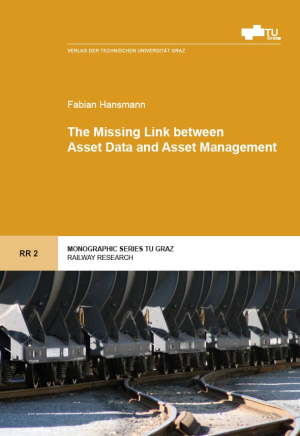Various loads on the railway track superstructure lead to continuous
wear on the track components. As a result, the service life of single
components and eventually of the whole system is limited. In order to
create sustainable, fact-based maintenance plans, it is necessary to
capture the condition of the track and the individual components in a
reproducible, continuous fashion.
Existing track data, mainly
delivered by track measuring cars, aim for a description of actual track
quality. This book presents a methodology transforming this information
into both a load-based classification of track geometry and
component-specific condition monitoring. The established analysis forms
the missing link between asset data and asset management by transforming
measuring data into a sound basis for life-cycle-cost based
decision-making. This is a major step from reactive maintenance concepts
towards a modern asset management strategy focussing on both technical
and economic sustainability.
Issue: Open Access E-Book
ISBN: 978-3-85125-568-3
Language: Englisch
Release date: October 2018
Series: Monographic Series TU Graz / Railway Research, Issue 2
Various loads on the railway track superstructure lead to continuous
wear on the track components. As a result, the service life of single
components and eventually of the whole system is limited. In order to
create sustainable, fact-based maintenance plans, it is necessary to
capture the condition of the track and the individual components in a
reproducible, continuous fashion.
Existing track data, mainly
delivered by track measuring cars, aim for a description of actual track
quality. This book presents a methodology transforming this information
into both a load-based classification of track geometry and
component-specific condition monitoring. The established analysis forms
the missing link between asset data and asset management by transforming
measuring data into a sound basis for life-cycle-cost based
decision-making. This is a major step from reactive maintenance concepts
towards a modern asset management strategy focussing on both technical
and economic sustainability.



